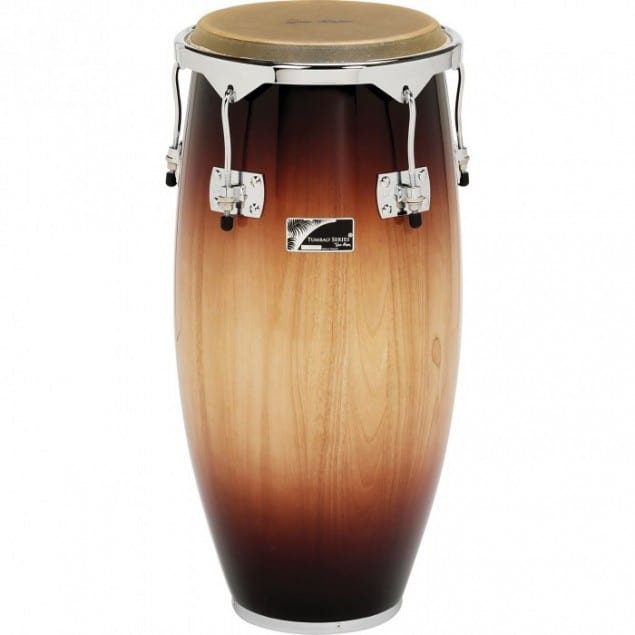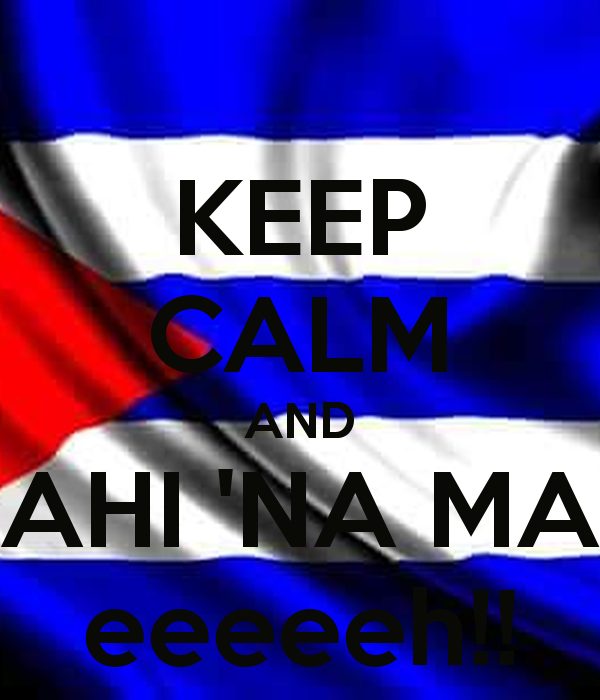Let’s make a long story short and send you to the Koubek Center on Friday March 18 at 8 pm to see Timbalive presented by MDC Live Arts in their great Little Havana Social Club series. Now – the long story.
Zeal is the province of the convert. A few months ago, the change came suddenly to the air above my ears. Where Funky 16 Corners, SoulSides, and Mixtape Riot once reigned, a great migration to salsa relocated. Charlie Wilson gave way to Charlie Aponte. Michael Jackson was out; no more Smooth Criminal. Maykel Fonts stepped in with Sonido Criminal. Replacing Hot 8 was La Maxima 79. Retire N’Sync. Welcome N’Klabe. Off El Debarge. On El Mola. Forget Trombone Shorty; meet Tromboranga. Bye bye Timbaland. Hola Timbalive!
If you have listened to as much salsa as I have in the past few months, it is an audible miracle. I squarely blame Kurt Elling for singing Tito Rodriguez’s Si Te Contara at the SMDCAC a few years ago, a wife who salsa-shamed me, workplace colleagues who fascinated me with high school Rueda stories from Havana, SalsaCraze at the University of Miami, which beguiled me, and internet music sites that seized me. The result? Shout “Ahi nama,” and call me newly baptized.
Don’t be surprised if you hear, “Ahi Na’ Ma,” repeatedly at a Timbalive show. It is Cuban slang meaning something related to aqui nada mas, or “Look out everybody – here it is …there is nothing more … this is the ultimate …” During their version of De Miami a la Habana, it’s right there in the lyrics, but it won’t stop there at the concert. It’s everywhere.
In Miami, you gotta embrace tumbao as well – the pulse, the salsero sensuality, the swag. It’s also everywhere. Another word, guaguancó, has its dictionary roots in complicated technical explanations regarding rhythm. It has morphed though, and now better construed as the hot, spicy, swinging sounds you cannot stop moving to.
Timbalive is a 10-member group interpreting its namesake – timba, a sort of Cuban amalgamation of a number of variants, among them staccato horn lines, Afro-Cuban influences, and innovative approaches. Like many ideas, along with tumbao, guaguancó, and ahi Na’ Ma, timba has a number of uses but no specific definition. It’s alive – Timbalive.
To see for yourself, come to see Timbalive at the Koubek on Friday. Doors open at 7:30 pm with a free dance lesson included in the $10 admission unless you can pass for 12 or under, in which case it’s free. DJ Charun is spinning.









